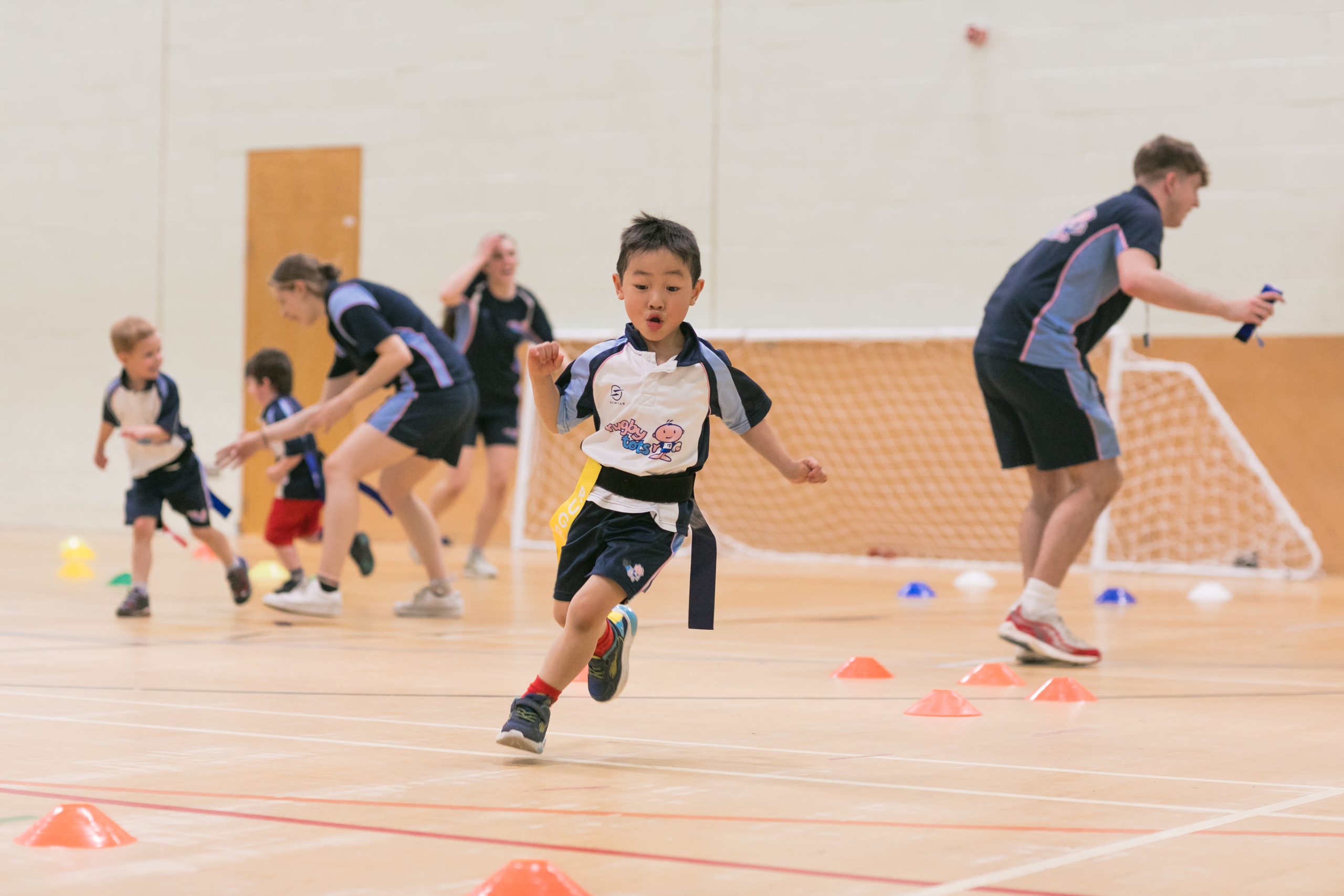
In the digital age, where screens dominate and sedentary activities are on the rise, the importance of regular exercise in children’s lives cannot be overstated. Physical activity is not just about keeping kids active; it’s a powerful tool that contributes to their overall development. In this blog post, we will explore the numerous benefits of exercise for children, emphasizing why it is a key component in nurturing happy, healthy, and well-rounded individuals.
The Physical Benefits:
1. Healthy Growth and Development:
Regular exercise is essential for the development of strong bones, muscles, and joints. It helps children achieve and maintain a healthy body weight, reducing the risk of childhood obesity.
2. Improved Motor Skills:
Engaging in various physical activities enhances coordination, balance, and spatial awareness. From climbing on playground equipment to participating in sports, these activities contribute to the refinement of motor skills.
3. Boosted Immune System:
Physical activity has been linked to a strengthened immune system. Children who engage in regular exercise are generally more resilient to common illnesses.
The Cognitive Benefits:
4. Enhanced Brain Function:
Exercise has a positive impact on cognitive function. It stimulates the release of chemicals in the brain that aid in memory retention, problem-solving, and overall mental clarity.
5. Increased Focus and Attention Span:
Children who participate in physical activities regularly often exhibit improved concentration and attention span, which can positively impact their academic performance.
The Emotional and Social Benefits:
6. Stress Reduction:
Exercise is a natural stress reliever. Physical activity releases endorphins, the body’s feel-good hormones, helping children manage stress and anxiety effectively.
7. Team Building and Social Skills:
Sports and group activities foster teamwork, cooperation, and the development of social skills. Children learn how to communicate, resolve conflicts, and work collaboratively towards common goals.
8. Boosted Self-Esteem:
Achieving milestones in physical activities contributes to a child’s sense of accomplishment, leading to increased self-esteem and confidence.
Establishing Healthy Habits:
9. Lifelong Health and Wellness:
Instilling a love for exercise in childhood sets the foundation for a healthy and active lifestyle in adulthood. It reduces the risk of chronic diseases later in life.
10. Fostering a Positive Body Image:
Regular physical activity promotes a positive body image by emphasizing the importance of strength, agility, and overall well-being over appearance.
Practical Tips for Encouraging Exercise in Children:
Make it Fun:
Engage in activities that children find enjoyable. Whether it’s playing tag, riding bikes, or dancing, the key is to make exercise a fun and exciting experience.
Set a Good Example:
Children often emulate the behaviors of adults. Demonstrate the importance of an active lifestyle by incorporating exercise into your routine.
Provide Varied Options:
Offer a variety of activities to cater to different interests. Not every child is drawn to team sports, so providing choices increases the likelihood of finding an activity they love.
Limit Screen Time:
Encourage a balanced approach to screen time. Set guidelines for daily device use, creating more opportunities for physical play.
Conclusion:
In conclusion, the benefits of exercise in children extend far beyond physical health. It positively influences cognitive development, emotional well-being, and social skills, setting the stage for a fulfilling and healthy life. As parents, educators, and caregivers, our role is not just to promote exercise but to create an environment that fosters a lifelong love for movement and activity. Let’s empower the next generation to thrive physically, mentally, and emotionally through the joy of exercise.
For more information on Rugbytots Classes in your areas please go to “view classes2 and enter your postcode https://www.rugbytots.co.uk/Class/Find
This entry was posted on 3rd January 2024.





















